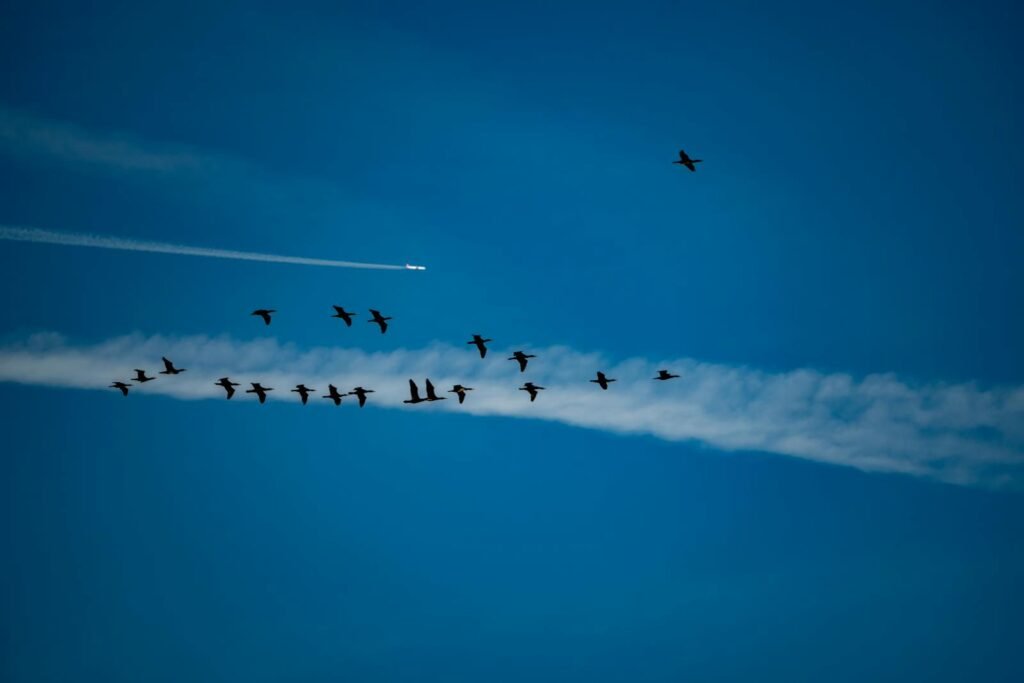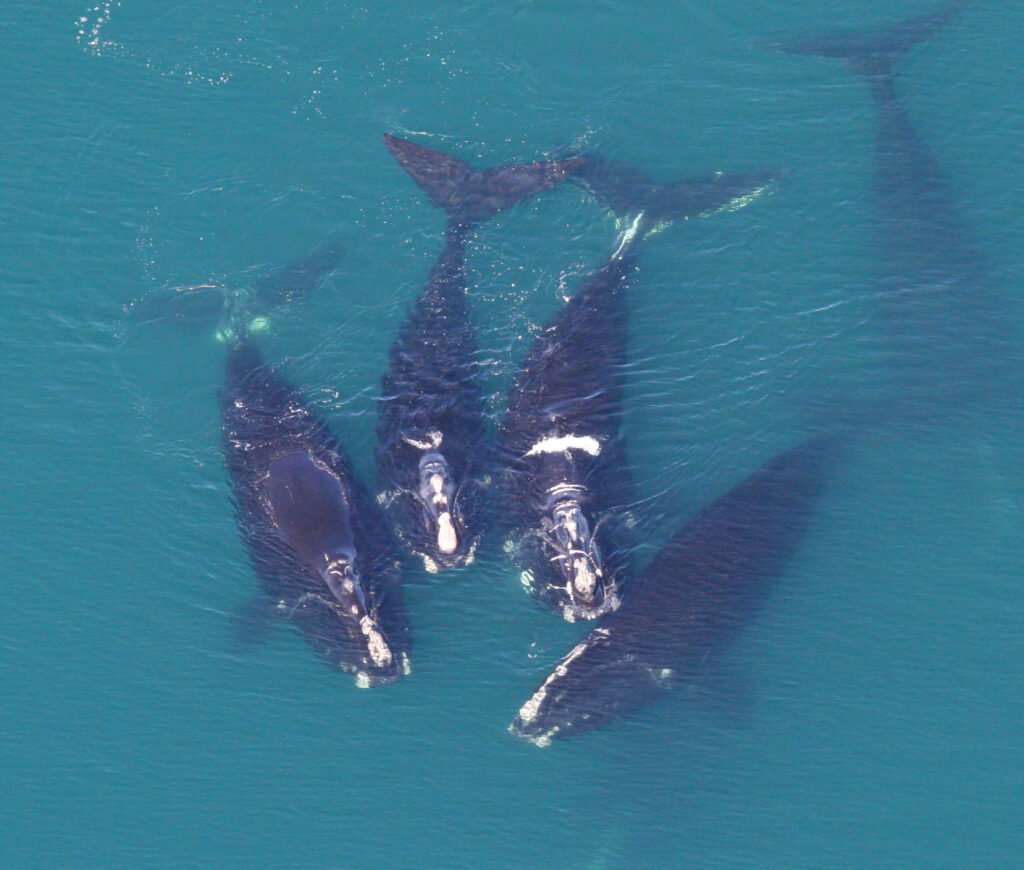Imagine looking up at the sky on a crisp autumn evening, only to witness a swirling river of birds soaring overhead—thousands upon thousands, winging their way across continents. These awe-inspiring migrations have unfolded for millennia, an ancient dance choreographed by instinct and survival. But in today’s world, these majestic journeys are suddenly intersecting with an invisible labyrinth: the web of airspace regulations that governs our skies. What happens when the freedom of flight for birds meets the strict rules of human aviation? The resulting conflict is as urgent as it is fascinating, raising questions about safety, conservation, and coexistence.
The Sky: A Shared Highway
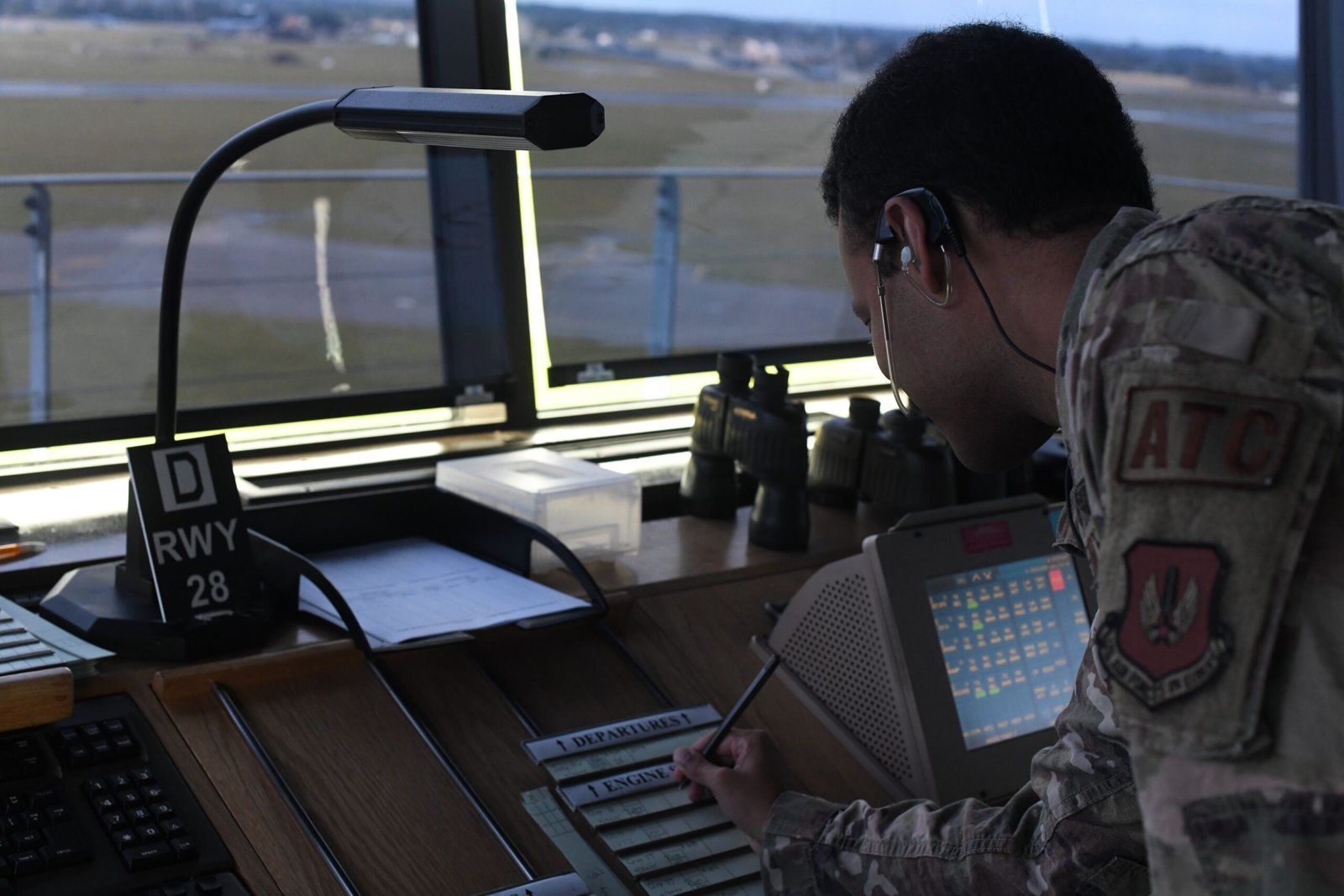
The sky may look limitless, but in reality, it’s a crowded superhighway. Commercial planes, private jets, helicopters, and even drones all stake their claim in the atmosphere. Birds, meanwhile, have been using these same routes long before humanity ever dreamed of flight. When migration season arrives, millions of birds cross borders and continents, following invisible paths etched in their DNA. These natural highways often overlap with major air traffic corridors, especially near coastlines, mountain passes, and urban centers. The result is a complex mix of human and avian travelers, all vying for safe passage through the same airspace.
Why Birds Migrate—and Where They Go
Bird migration is one of nature’s most spectacular phenomena. Driven by the changing seasons, birds embark on journeys that can span thousands of miles, traveling from breeding grounds to wintering habitats and back again. Some, like the Arctic Tern, travel from pole to pole, covering more than 40,000 miles each year. Others, like geese and cranes, follow ancient flyways that stretch across continents. These routes are not random—they are carefully chosen based on wind patterns, food availability, and safe stopover sites. Unfortunately, many of these same routes now intersect with the busiest human-controlled airspace in the world.
The Unseen Dangers: Bird Strikes in Aviation

When birds and airplanes meet in the sky, the consequences can be dire. Bird strikes—collisions between birds and aircraft—pose significant risks to flight safety, often resulting in damaged engines, cracked windshields, or emergency landings. The most famous example is the “Miracle on the Hudson” in 2009, when a flock of geese disabled both engines of a passenger jet, forcing the pilots to land in the river. While fatalities are rare, the threat is real, costing the aviation industry billions in damages and lost time each year. The challenge is to protect both human lives and bird populations without grounding either.
Mapping the Overlap: How Flight Paths Intersect
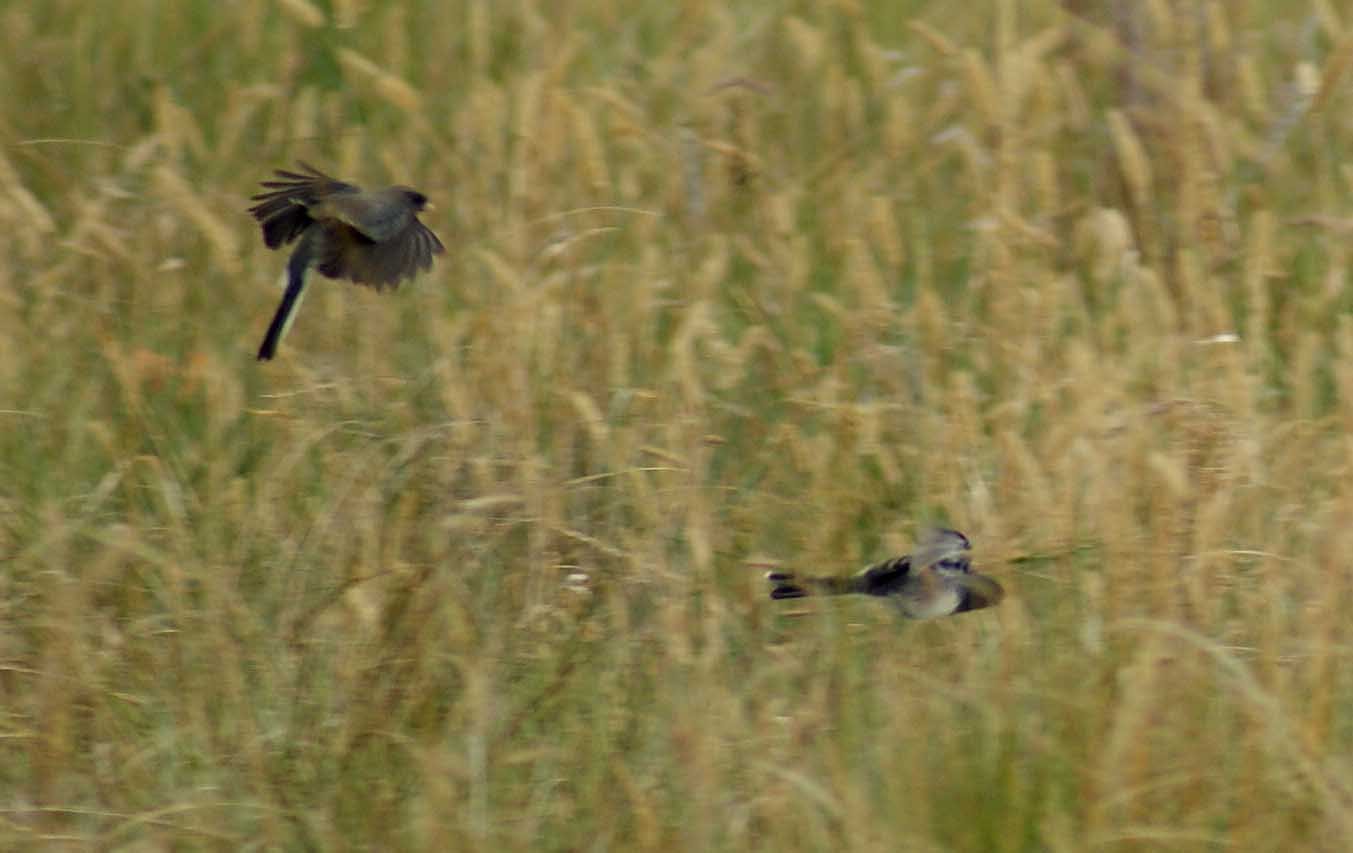
Not all airspace is created equal. Certain areas—like airports, migration bottlenecks, and coastal flyways—are especially prone to bird-aircraft overlap. Scientists use radar, satellite tracking, and field observations to map these intersections, revealing surprising hotspots where the risk of collision is highest. For example, airports near wetlands or rivers often see more bird activity, especially during migration months. Understanding these patterns allows both regulators and conservationists to anticipate and mitigate potential conflicts before they become disasters.
Airspace Regulations: Rules in the Sky
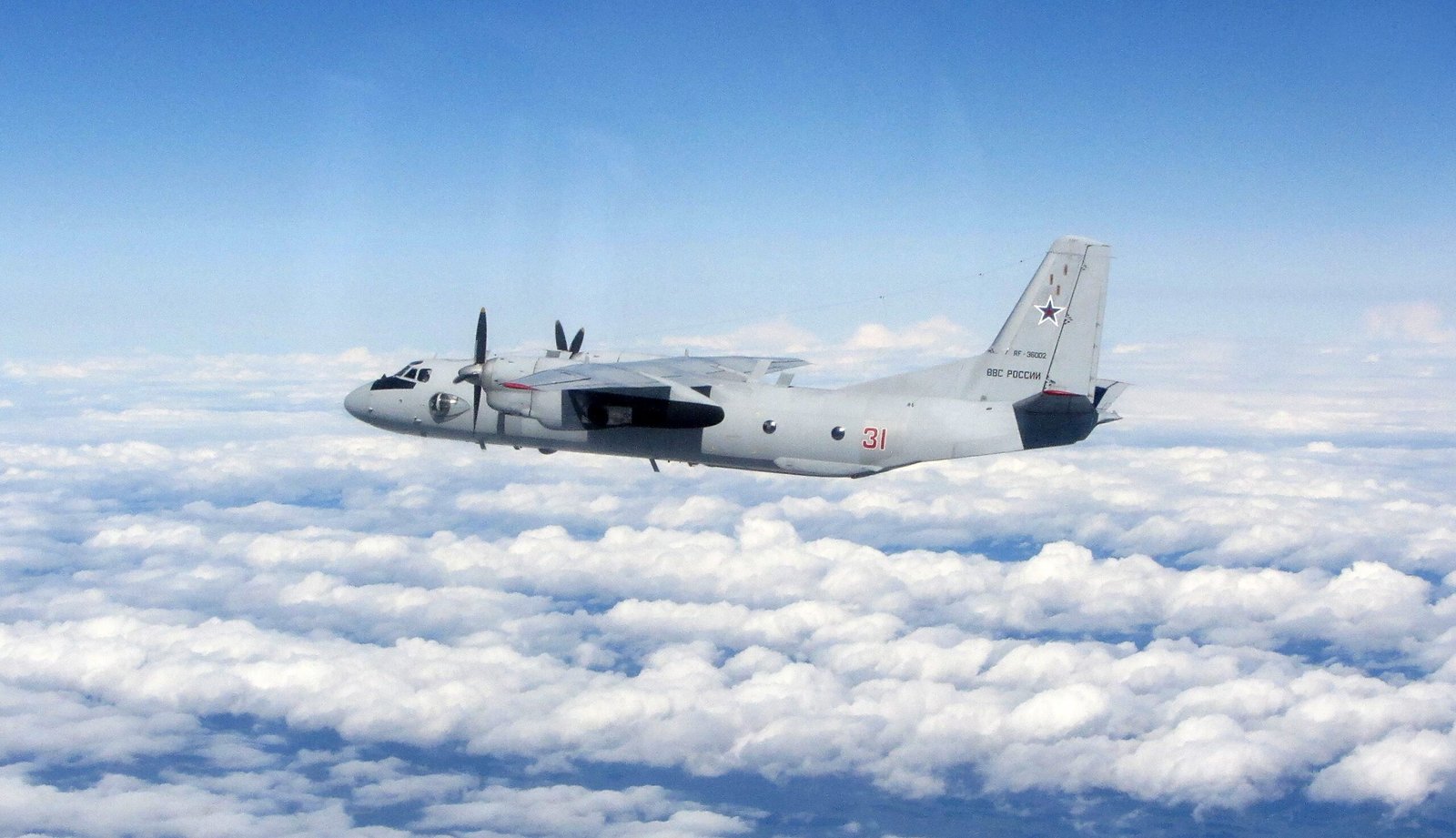
Airspace is divided into zones, each with its own set of rules and restrictions. These regulations are designed primarily for aircraft safety, dictating altitude, speed, and flight paths. However, most of these rules were created with little thought for migrating birds. While some countries have begun integrating wildlife considerations into their airspace management, the global approach remains patchy. Pilots are trained to watch for birds near airports, but mid-air encounters over open country are much harder to predict or prevent.
Conservation Efforts: Protecting Migration Corridors
Recognizing the threat posed by expanding aviation, conservation groups are working to protect critical migration corridors. This can mean advocating for the creation of “no-fly zones” during peak migration periods or urging the relocation of airports away from key habitats. Some regions have installed radar systems specifically to detect incoming flocks, giving air traffic controllers a chance to adjust flight schedules. These efforts, while promising, require international cooperation, since birds do not recognize borders and their journey often spans several countries.
Technology to the Rescue: Innovative Solutions
In recent years, technology has offered new hope for minimizing bird-aircraft collisions. Advanced radar and tracking systems can now pinpoint the movements of both birds and planes in real time. Some airports use bird-detecting radars to temporarily close runways or divert flights when migration waves approach. Others rely on bioacoustic deterrents—broadcasting distress calls or predatory sounds to steer birds away from danger zones. While not foolproof, these innovations represent a promising step toward safer skies for all.
The Human Factor: Balancing Safety and Biodiversity
At its core, the conflict between airspace regulations and bird migration is a story of coexistence. Pilots and air traffic controllers face immense pressure to ensure passenger safety, yet many are also passionate about wildlife and conservation. The challenge lies in finding solutions that do not sacrifice one for the other. Some airlines have begun training crews to identify high-risk migration periods and adjust routes accordingly. This delicate balancing act requires empathy, awareness, and a willingness to adapt as our understanding grows.
International Collaboration: A Global Challenge
Bird migration is a global event, transcending national boundaries and regulatory frameworks. Effective solutions demand collaboration between governments, aviation authorities, and conservation organizations worldwide. Some multinational agreements—like the African-Eurasian Migratory Waterbird Agreement—aim to synchronize conservation and airspace management across continents. However, more work is needed to harmonize rules and share data, especially as air travel continues to expand into new regions.
What’s at Stake: The Future for Birds and Humans
The stakes in this aerial conflict could not be higher. For birds, safe migration is a matter of survival, essential for breeding, feeding, and sustaining healthy populations. For humans, safe skies mean fewer accidents, lower costs, and peace of mind when traveling. If we fail to reconcile these interests, we risk losing not just the spectacle of migration, but the rich biodiversity that sustains our planet. The path forward requires creativity, compassion, and a recognition that the sky belongs to all who travel through it.
Finding Harmony in the Skies
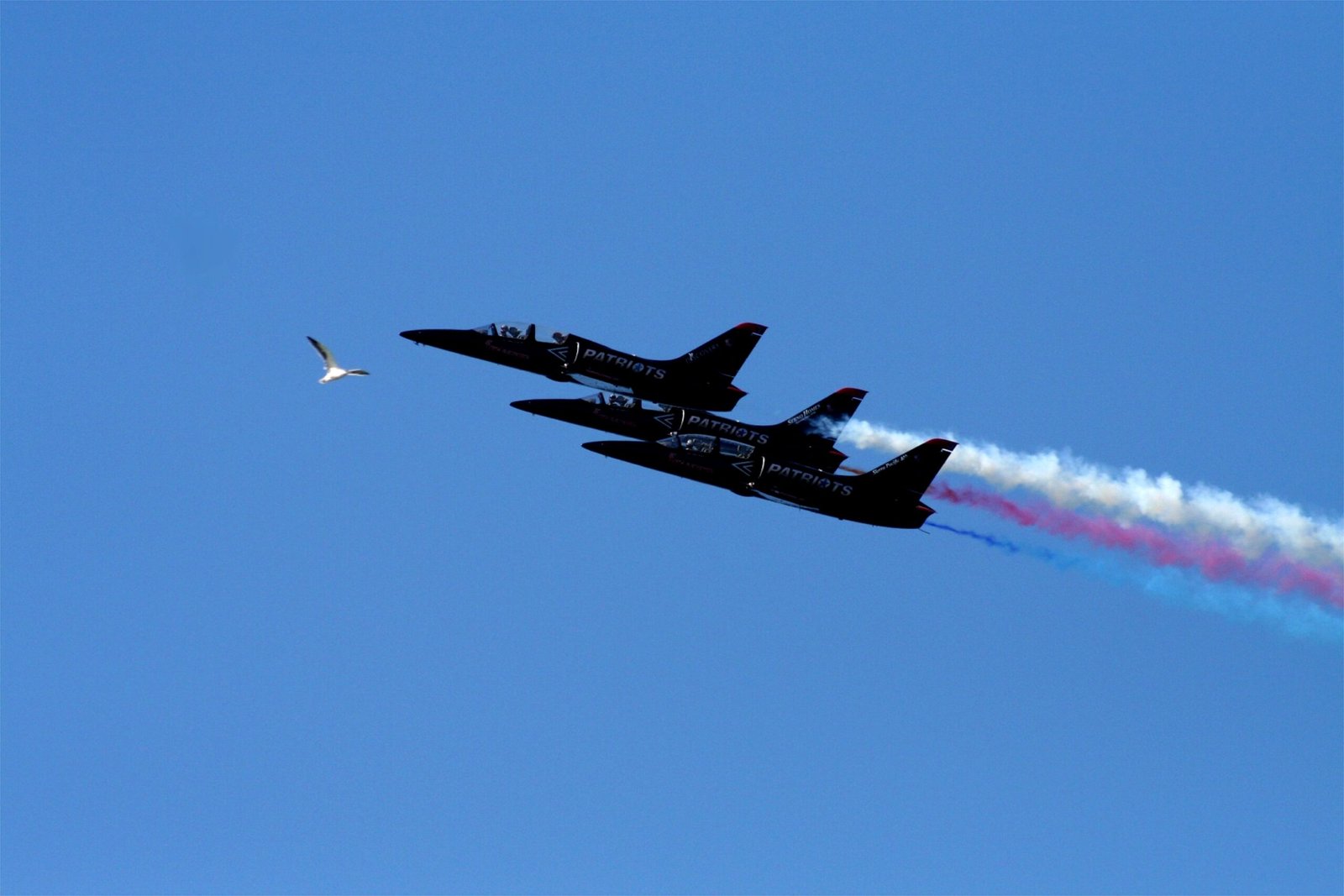
As technology advances and our understanding of migration deepens, there is hope for a future where birds and planes can coexist safely. By embracing new tools, revising outdated regulations, and fostering collaboration across borders, we can protect both our flights and the awe-inspiring journeys of migratory birds. What kind of sky do we want to leave for the next generation—one filled with the roar of engines alone, or one where the ancient rhythms of migration still soar overhead?

